by Amy Konecny
on August 17, 2015
with 0 comments
Green Sea Bracelet
This originally started out as a new product post, but I went on and on about the differences in Sea Glass so, first. Look! A cool new thing. Then some interesting information you never knew you needed to know about sea glass.

I Love walking on the beach and finding a treasure laying there in the sand with the waves crashing beside me, the wind wiping my hair and the gulls calling above, it's the ideal picture of summer that stays with me all year long.
This bracelet is comprised of small (8mm x3mm) square sea glass beads separated by small (3mm) silver plate round beads. The sea glass makes for a soft feeling bracelet that flows over your skin like gently caressing waves. The light bluish-green color in a moving variety of shades (AKA: Hurricane) mimic the shades you would see in the water (yes we like to pretend that water is blue, but for a lot of places the water is mostly shades of bluish green).

Let me tell you a little bit about Sea Glass when it is referenced in jewelry. Genuine sea glass is created when some glass falls into a large body of salt water and over a period of 20-50 years is crashed around in the sea and is naturally frosted and all the corners and sharp points are rounded, this gives it it's well known soft texture. Most sea glass you find on the beach will be from broken bottles or other glassware, it is extremely rare to find beads this way and even more rare to find 2 pieces that match in size, color, and shape since it's all a natural process.
In jewelry when someone calls something Sea Glass they don't mean that it was actually found on the beach there is not enough genuine sea glass in the world to satisfy the demand. These days (in Jewelry terms) Sea Glass means that it is a mat-glass where all the corners and edges are smooth, this is achieved by either immersion in an acid bath or tumbled in a tumbler with water and some kind of abrasion. 20 years ago this process would have been referred to as Frosted (today frosted and sea glass have slightly different meanings), much like 10 years or more ago Ombre would have been referred to as gradiation of color (I have to admit it's nice to have one word that is easy to understand). The good thing about man-made sea glass also know as Cultured Seaglass is that you can make a batch of matching beads and you can create them in large quantity. Your also not limited by anything as far as color, size, or shape which can not be said for genuine sea glass. Most genuine sea glass has to be wrapped, either with wire or some type of fiber. Unless you happen to find an extremely rare bead, if you want your genuine sea glass to be a bead you'll need to drill the hole. As you might imagine you need a fairly sturdy piece to do this so all delicate beads are right out the door. This brings us back to the greatness of man-made since the beads can be made in the normal way then they are dipped or tumbled depending on who's doing it and the item being turned into sea glass.
I truly love sea glass both the man-made and natural. The feel of the glass is just all soft and wonderful, and to make glass soft is a neat trick. They both have there place and I love them both for there strengths and weaknesses.
All this being said it's important to know the difference when your shopping. Genuine sea glass in much more rare these days because of dumping regulations (don't use the ocean as a trash heap please), so each piece should be valued for the wonderful treasure it is. because of this and the fact that finding even one bead is hard, much less finding enough for a bracelet, most jewelry will be made with man-made sea glass. Most Jewelers will use the term Sea Glass because this the term used to describe the treatment the bead has undergone to give it that particular look expecting their customers to know that it is not the genuine thing. However some jewelers just don't understand that the frosted bead or unwrapped pendant they have is man-made and not genuine sea glass so they will claim it to be genuine, because they think it is.
If you find a piece of jewelry that is labeled genuine sea glass go down this mental check list to determine if it's the real thing. If it is the real thing it is most likely going to be expensive so you want to be careful, if you are paying a lot of money you want it make sure it is what the vendor is telling you it is.
1) Is it a free form shape or a regular shape? Most genuine sea glass has a free form shape. This comes from the glass being bounced around at the bottom of the ocean for 20-50 years or longer. It takes 20-50 years to get the frosted soft look, but it could take much longer to wash ashore, the piece of sea glass you found on the beach could be 400 years old, probably not, but it could be.
2) What color is it? Since the largest portion of genuine sea glass is made from bottles the most common colors will be Green, Brown, and Frosted Clear. What I'm saying is that the bottle tossed overboard by a drunken fisher is the most likely thing to come back ashore. Sea glass can come in different colors it's just less common. The next most common color is blue, dragging behind that is red with yellow and orange even further down the list is purple and pink in dead last.
3) Are all the pieces different shapes or is there a twin sitting right next to it? Since genuine sea glass has been tumbling around at the bottom of the sea for a very long time the shapes will be very irregular, it would be like finding 2 identical rocks. It's possible but not very likely.
4) How much are they asking for the item? This is only a weak indication so you'll need to take into account lots of factors. Are you at the beach in an area know for sea glass washing ashore? If so the person could be picking the glass up each day on their morning walk so the value is low for them. Is it clear, green, or brown? Well that's fairly common so it could be cheep. Is the person new to selling jewelry? If so they might just not know what they have or how rare it is. If you find the genuine article and it's cheep bless your good luck and enjoy the trill of finding a good deal. However for the most part the item having a higher price tag is what you would expect if they are using genuine sea glass.
5) Can the artist/crafter tell you how or were they found the piece or did they buy it? You can buy sea glass. There are people that live at the beach in areas that get a lot washed up on shore and they will sell it on etsy or Ebay or even at their local bead shop or gallery. However glass bought from a company online is almost certainty man-made.
After asking yourself all these questions there is one more you need to ask. Weather it is genuine sea glass or not, is it worth to you what they are asking. If yes then buy it and love the item. If not then if you are at a craft show or in a gallery tell the sales person or crafter to have a wonderful day and go on. If you are online keep looking till you find that thing that makes you happy. Jewelry should make you smile not stress you out.
One thing I have noticed recently is a trend to call man-made sea glass Cultured Seaglass. Don't know if they are trying to trick people or just trying to make it sound cooler, either way it's still man-made.


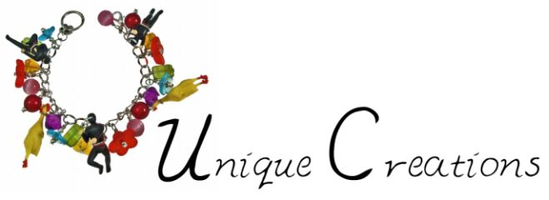




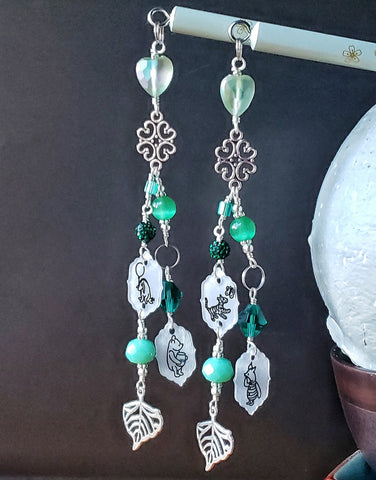
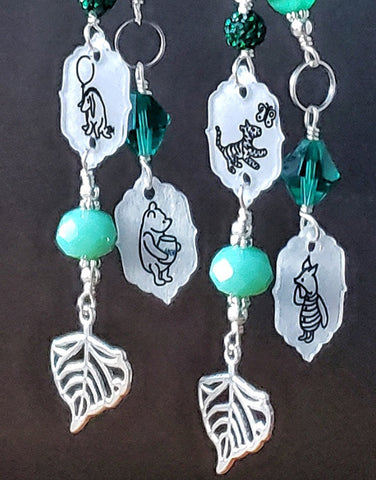
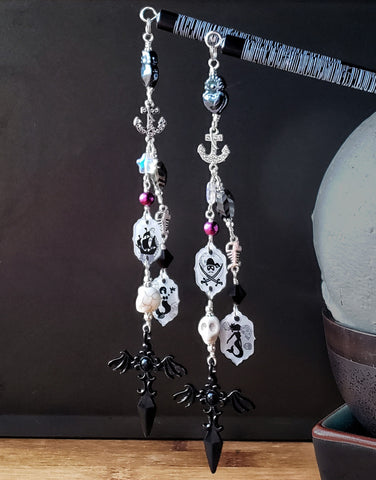
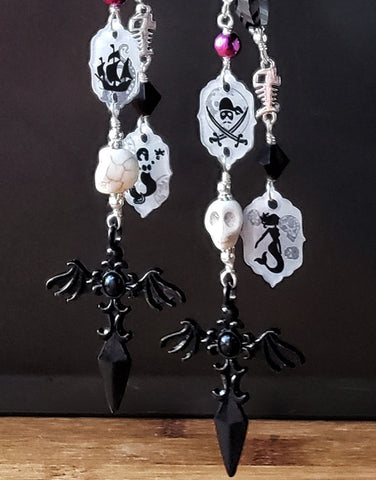

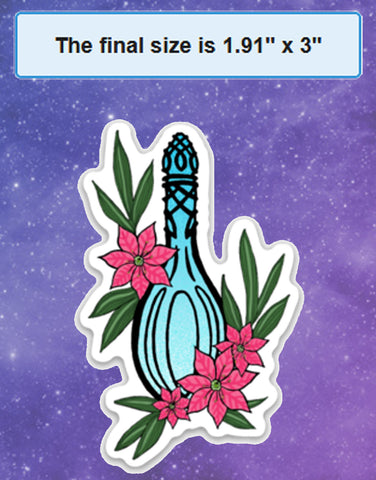

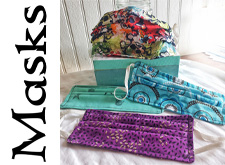

















Comments